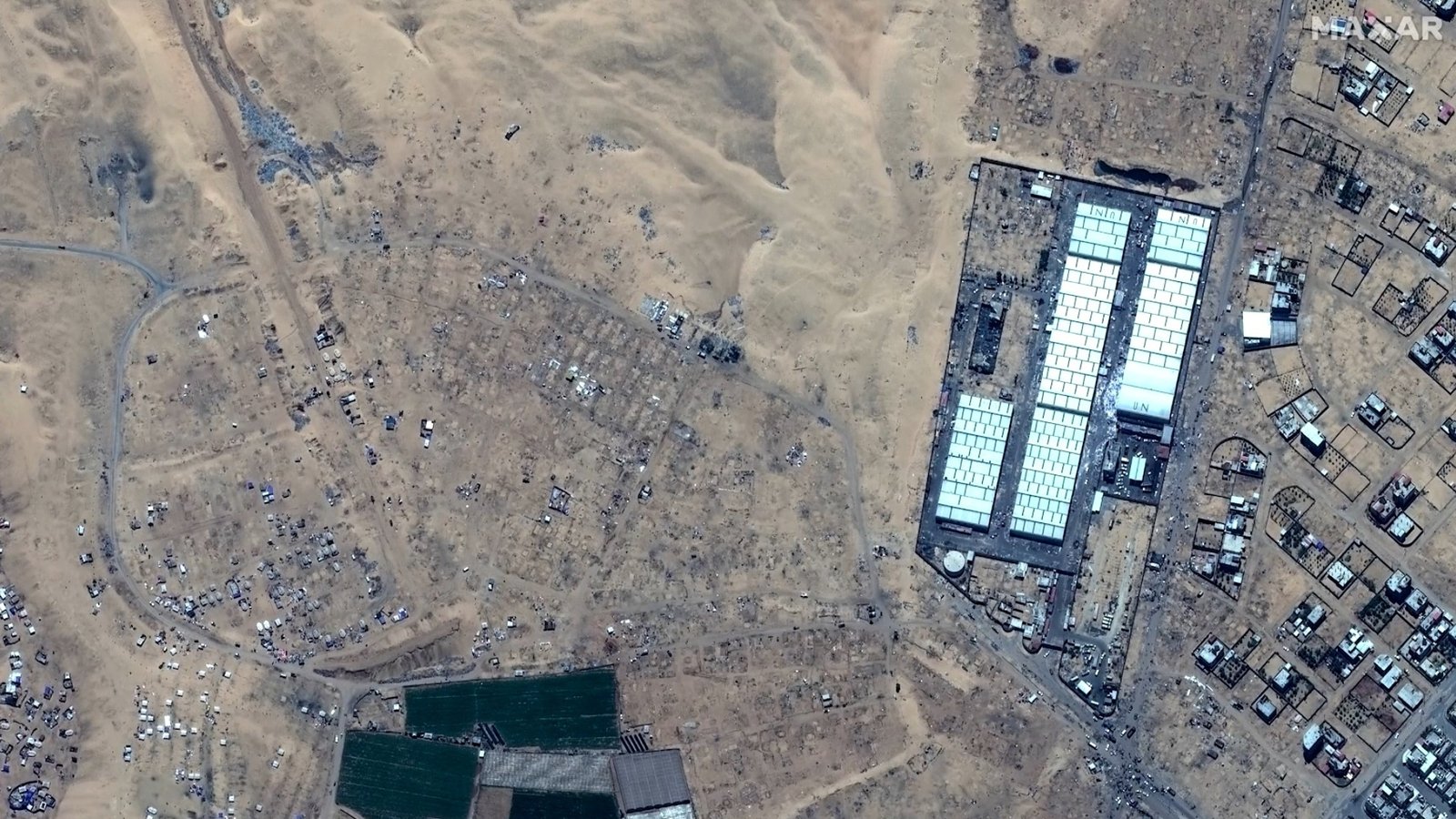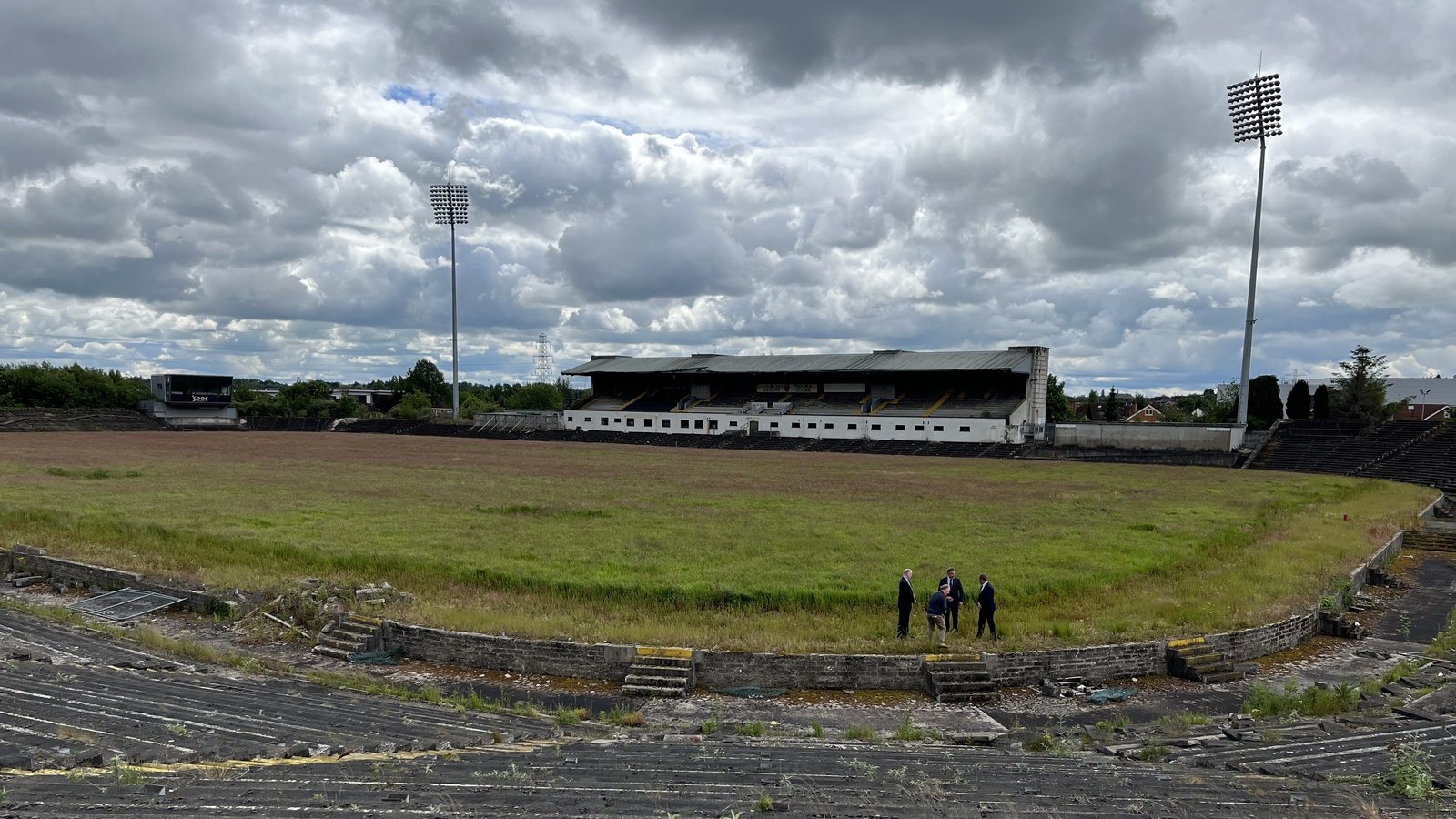Who is WikiLeaks founder Julian Assange?
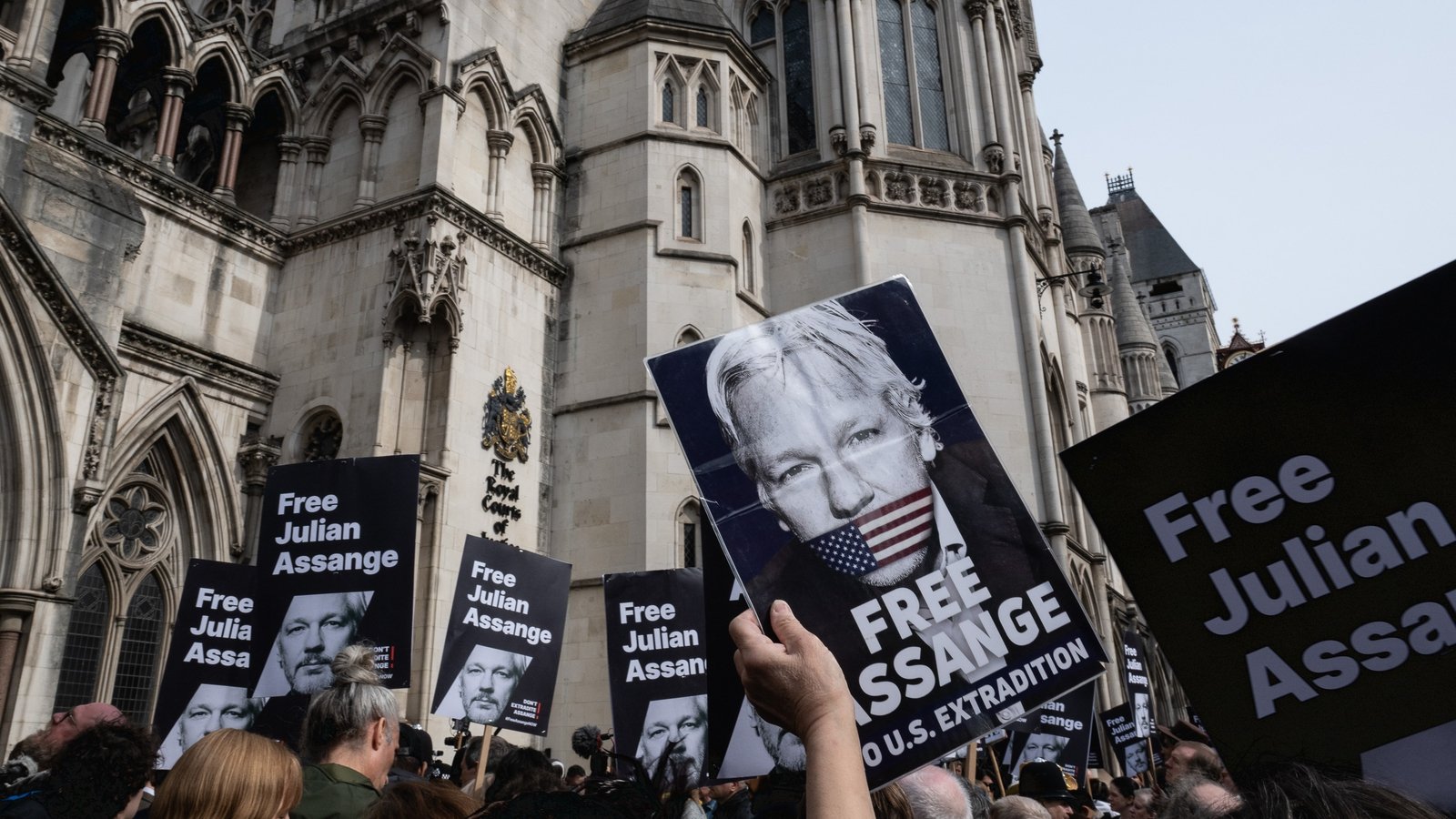
WikiLeaks founder Julian Assange is due to plead guilty for violating US espionage law in a deal that will end his imprisonment and a long legal odyssey over the release of hundreds of thousands of classified US military documents.
But who is Julian Assange, and why did he come to prominence?
Assange was born in Townsville, Australia, in July 1971.
In his teens, he gained a reputation as a sophisticated computer programmer and in 1995 he pleaded guilty, and was fined, for hacking.
In his late 20s, he went to Melbourne University to study mathematics and physics.
What is WikiLeaks?
Assange launched WikiLeaks in 2006, creating a web-based “dead letter drop” for would-be leakers.
The website rose to prominence in April 2010 when it published a classified video showing a 2007 US helicopter attack that killed a dozen people in the Iraqi capital, Baghdad, including two Reuters news staff.
During 2010 it released more than 90,000 classified US military documents on the war in Afghanistan, and about 400,000 secret US files on the Iraq war – the largest security breaches of their kind in US military history.
It also released 250,000 secret diplomatic cables from US embassies around the world in 2011, with some published by newspapers such as The New York Times and Britain’s Guardian.
The leaks angered and embarrassed US politicians and military officials, who said it put lives at risk.
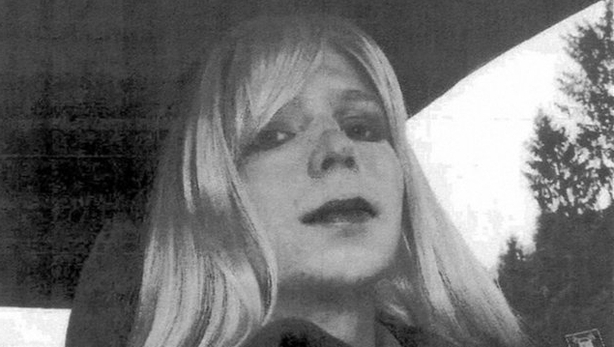
Former army intelligence analyst Chelsea Manning served seven years in a military prison for leaking messages and cables to WikiLeaks, before being released by President Barack Obama.
The group returned to the spotlight ahead of the 2016 US presidential election when it published tens of thousands of emails belonging to Democratic presidential candidate Hillary Clinton’s campaign chairman.
A US Senate report in 2020 said Russia had used WikiLeaks to help Republican Donald Trump to victory in that election.
Trump dismissed the report as a hoax and Russia always denied interfering in the election.
Arrest and start of legal battle
A Swedish court ordered Assange’s detention in November 2010 as a result of an investigation into allegations of sex crimes made by two female Swedish WikiLeaks volunteers.
He was arrested by British police in December 2010 on a European Arrest Warrant issued by Sweden.
Assange denied the allegations and said from the outset that it was a pretext to extradite him to the United States to face charges over the WikiLeaks releases.
In June 2012, shortly after the UK Supreme Court rejected his final challenge against extradition to Sweden, he entered the Ecuadorean embassy in London seeking asylum.
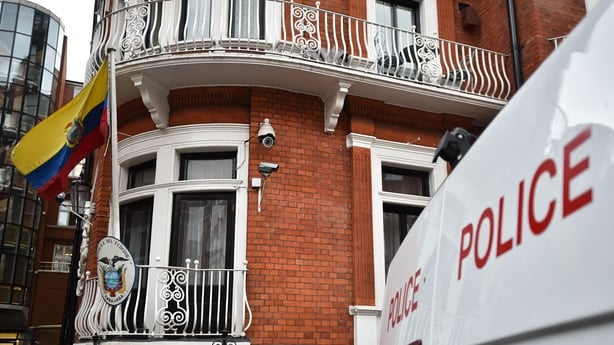
Seven years in Ecuadorian embassy
Ecuador granted Assange political asylum in August 2012.
British police mounted a round-the-clock guard to prevent his escape, saying he would be arrested if he left.
The impasse left Assange living in cramped quarters in the embassy.
Swedish prosecutors dropped their investigation in 2017, but British police said he would still be arrested if he left the embassy over his failure to surrender to bail.
During his time in the embassy he had two children with his partner Stella Moris. He married her in 2022 in Belmarsh prison.
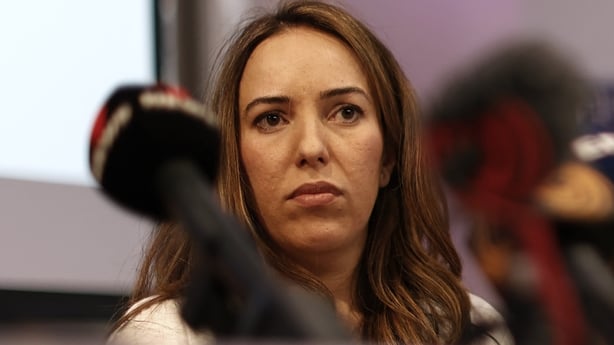
Embassy impasse ends, US case begins
On 11 April 2019, Assange was carried out of the embassy and arrested after Ecuador revoked his asylum.
The following month he was jailed for 50 weeks for breaching his bail conditions.
In June 2019, the US Justice Department formally asked Britain to extradite him to face 18 charges that he conspired to hack US government computers and violated espionage laws.
Assange completed his sentence in September 2019 but remained in Belmarsh maximum security prison pending extradition hearings.
In 2021, a British judge ruled Assange should not be extradited, saying his mental health problems meant he would be at risk of suicide.
The US authorities won an appeal in December 2021, after they offered to allow Assange to serve any sentence in Australia if convicted.

Final legal battle
In June 2022, Britain approved his extradition and the following year a judge at London’s High Court turned down an initial request to challenge that decision.
In February this year, Assange’s legal team sought permission for a final appeal, arguing the case was politically motivated, an assault on freedom of speech and journalism, and that Assange could potentially face the death penalty if convicted.
The High Court rejected his arguments, but said the US had to provide assurances he would not face the death penalty and would be entitled to rely on the First Amendment right to free speech.
However, in a boost for Assange, the High Court later said the US submissions were not sufficient and gave him permission to conduct a full appeal, a process that would take months.
End of an odyssey?
Now, under a plea agreement with US authorities, Assange will plead guilty in a US court in the commonwealth state of Northern Mariana Islands to a single criminal count of conspiring to obtain and disclose classified US national defence documents, according to legal filings.
He is due to be sentenced to 62 months of time already served.

